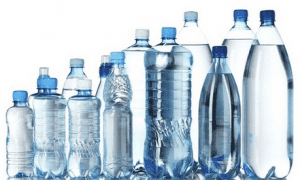
It seems almost surreal to see that water bubblers are making a comeback in public places.
Anyone under 30 may not remember them but when some of us were growing up water bubblers were pretty much everywhere.
If you went to the local park or reserve you quenched your thirst at the ubiquitous water bubbler.
Every school in the Sydney metropolitan area, primary and high school, had a row of them.
So as well as turning up at school to be given a free glass bottle of delicious full cream milk – skim or low fat milk was unheard of in those days – there was water to be had in rows of water bubblers.
There was never any need to go thirsty growing up in the 1960s and 70s.
Plastic water bottles were as rare as hen’s teeth, although you could buy sparkling water imported from Italy or France, if you could afford it.
Looking back it feels like water bubblers were there one minute and gone the next.
But of course nothing works like that and it’s true that they didn’t disappear altogether.
Offices and factories had water bubblers long after they disappeared from most public places but the equally ubiquitous plastic water bottle was the final nail on the coffin.
A little research to refresh my memory reminded me that there had been health concerns with bubblers for decades since World War II.
 These had to do with both lead in the water in some places across the world and the hygiene shortfalls of bubblers.
These had to do with both lead in the water in some places across the world and the hygiene shortfalls of bubblers.
Some humans would wrap their mouth around the spout of the bubbler, while canines also quenched their thirst while out in the park with their masters.
Some bubblers were left in public even though they had become rusted – you stayed away from those.
But for a long while these sort of things didn’t put everyone off bubblers because society had not become so obsessed with hygiene all those years ago.
And now, after a hiatus of around 20 to 30 years I reckon, it seems the bubblers are slowly flowing back into the system.
They are part of public water stations where you can refill your bottle instead of buying another one.
I know that plastic water bottle businesses will not be happy, but so be it.
It is shocking to see the amount of energy required for just one plastic bottle, so it’s good to put the environment first for a change.
And it will save us money as we won’t have to buy so much bottled water.
